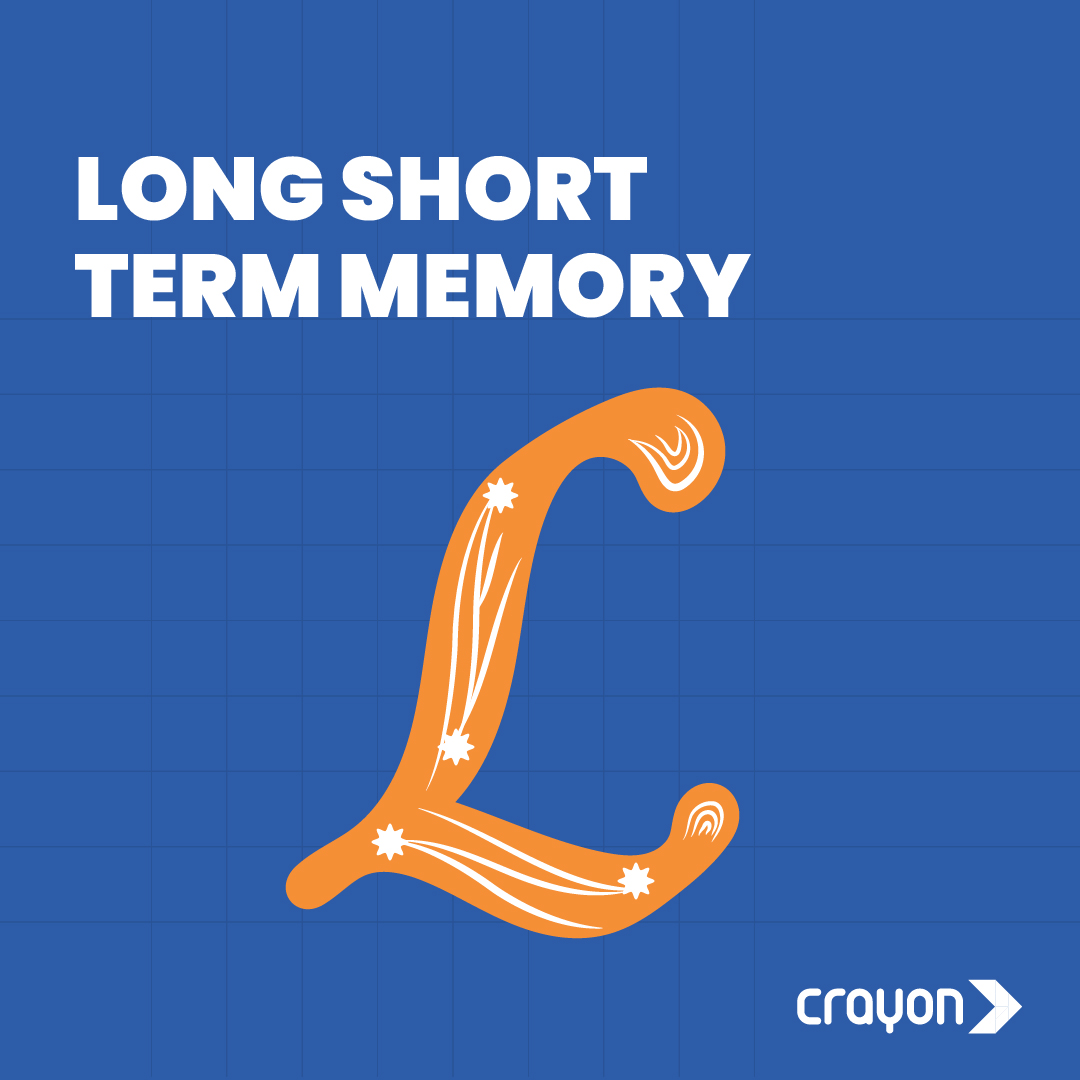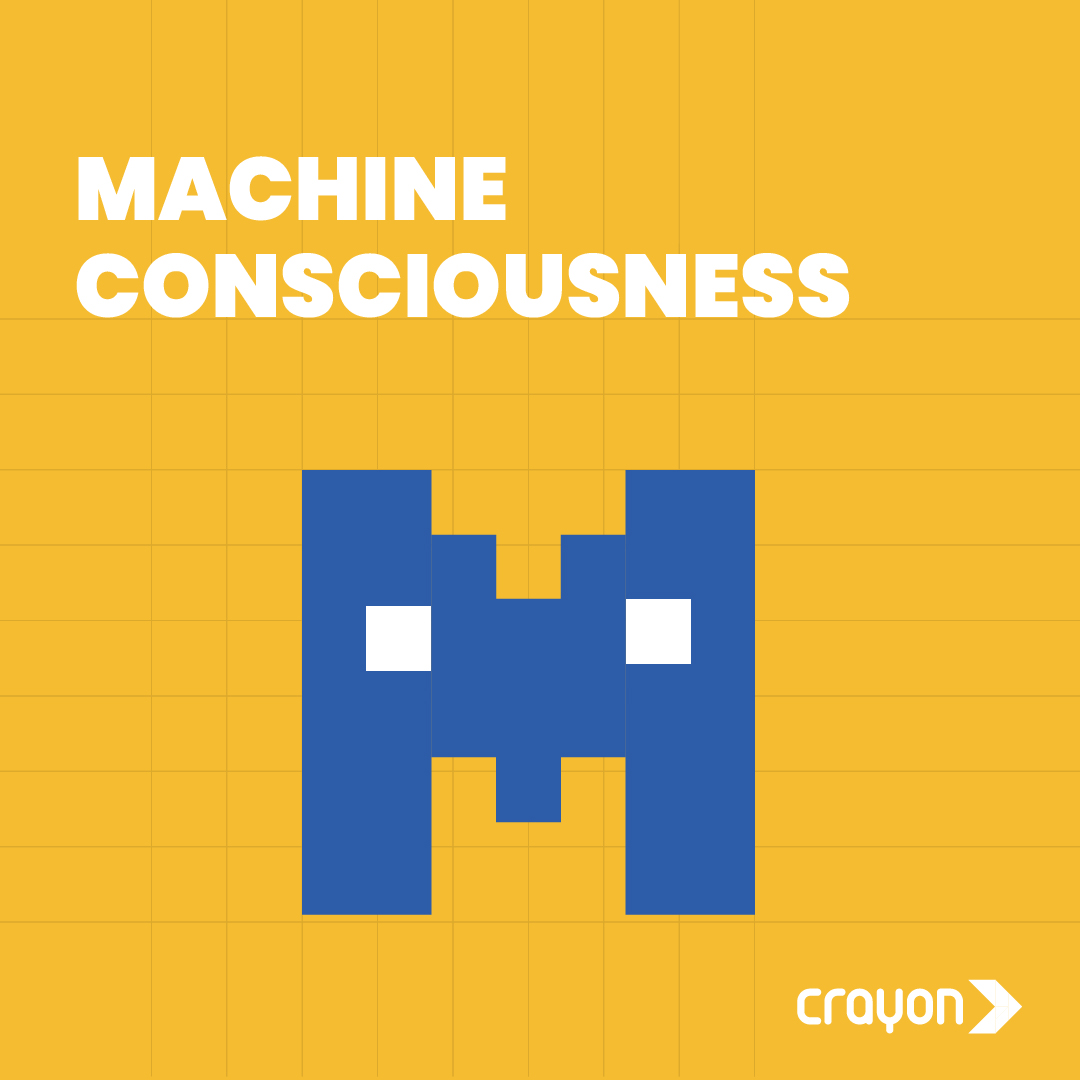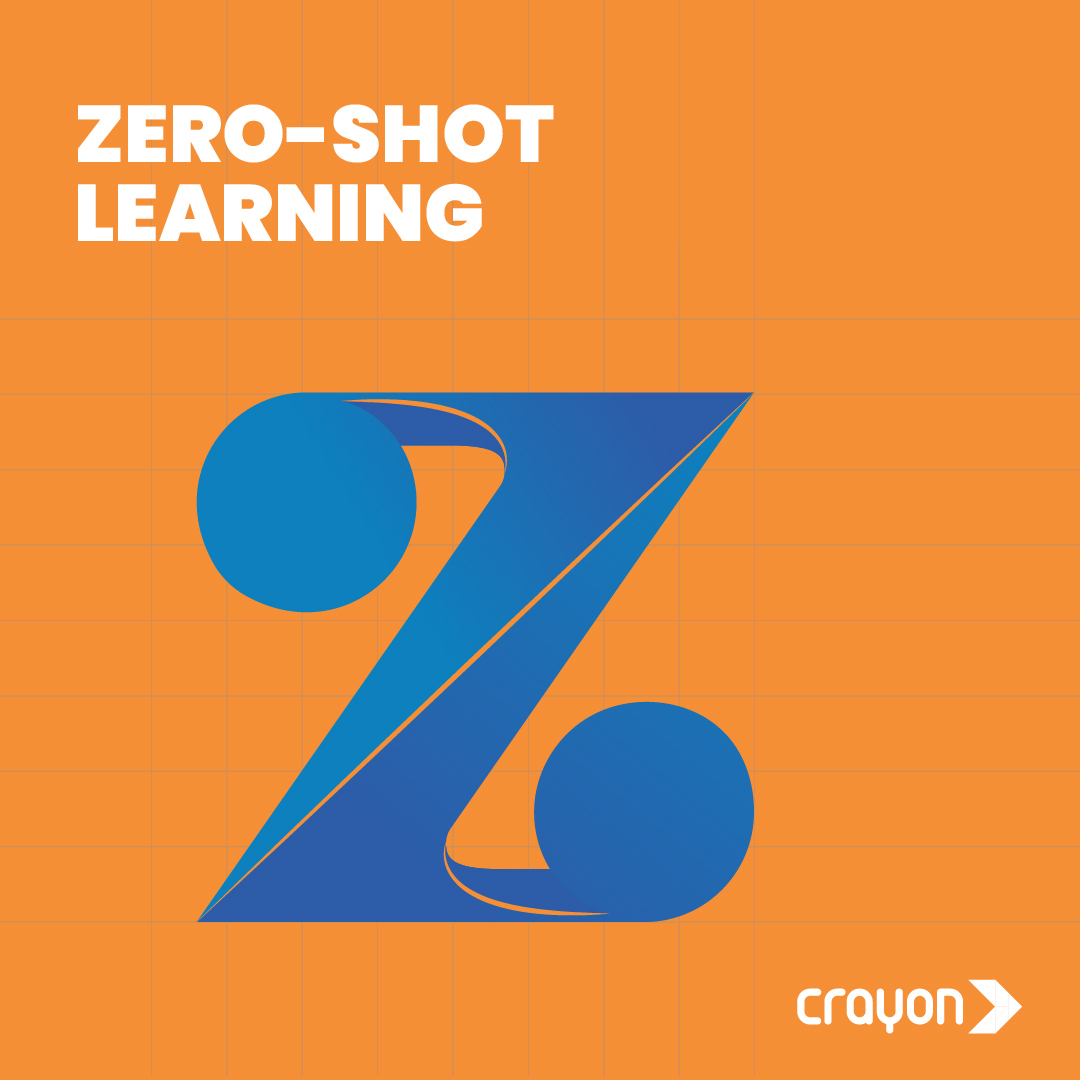
Long Short Term Memory
September 28, 2023
Legends of AI: Demis Hassabis
October 6, 2023#TheAIAlphabet
M for Machine Consciousness
Published October 5, 2023 | Susanna Myrtle Lazarus
Consciousness is the awareness of one’s own existence and surroundings. It is a complex phenomenon that is not fully understood, even in humans. So how can we tell if a machine is conscious?
There is no definitive answer to this question. But one way to think about it is to use an analogy.
Imagine a chess-playing computer. It can analyze the board and make moves that are better than most humans. But is it conscious?
Most people would say no. The computer is simply following a set of rules. It is not aware of its own existence or the meaning of the game.
Now imagine a self-aware chess-playing computer. It can understand the rules of the game and its own role in it. It can also learn and improve its skills over time.
Is this computer conscious?
It is hard to say for sure. But it is certainly closer to being conscious than the first computer.
There is no definitive answer to this question. But one way to think about it is to use an analogy.
Imagine a chess-playing computer. It can analyze the board and make moves that are better than most humans. But is it conscious?
Most people would say no. The computer is simply following a set of rules. It is not aware of its own existence or the meaning of the game.
Now imagine a self-aware chess-playing computer. It can understand the rules of the game and its own role in it. It can also learn and improve its skills over time.
Is this computer conscious?
It is hard to say for sure. But it is certainly closer to being conscious than the first computer.

Machine consciousness is the wild idea of giving computers some form of self-awareness.
It’s not about making your laptop ponder the meaning of life, but it’s about making AI systems more aware of what they’re doing. It is a challenging field, but it has the potential to revolutionize the way we interact with machines.
One way that machine consciousness is used in AI is to develop machines that can learn and adapt on their own. For example, a self-driving car that is aware of its surroundings can make better decisions about how to navigate.
It also helps systems understand context, emotions, and intentions. It’s like teaching a robot to understand your mood when you say, “I’m fine,” but your face screams otherwise. This leads to smarter chatbots, empathetic virtual assistants, and robots that navigate our world more smoothly.
Machine consciousness is a complex and fascinating topic. It is still in its early stages of development, but it has the potential to change the world in many ways.
One way that machine consciousness is used in AI is to develop machines that can learn and adapt on their own. For example, a self-driving car that is aware of its surroundings can make better decisions about how to navigate.
It also helps systems understand context, emotions, and intentions. It’s like teaching a robot to understand your mood when you say, “I’m fine,” but your face screams otherwise. This leads to smarter chatbots, empathetic virtual assistants, and robots that navigate our world more smoothly.
Machine consciousness is a complex and fascinating topic. It is still in its early stages of development, but it has the potential to change the world in many ways.
Recent Blogs
Subscribe to the Crayon Blog. Get the latest posts in your inbox!





